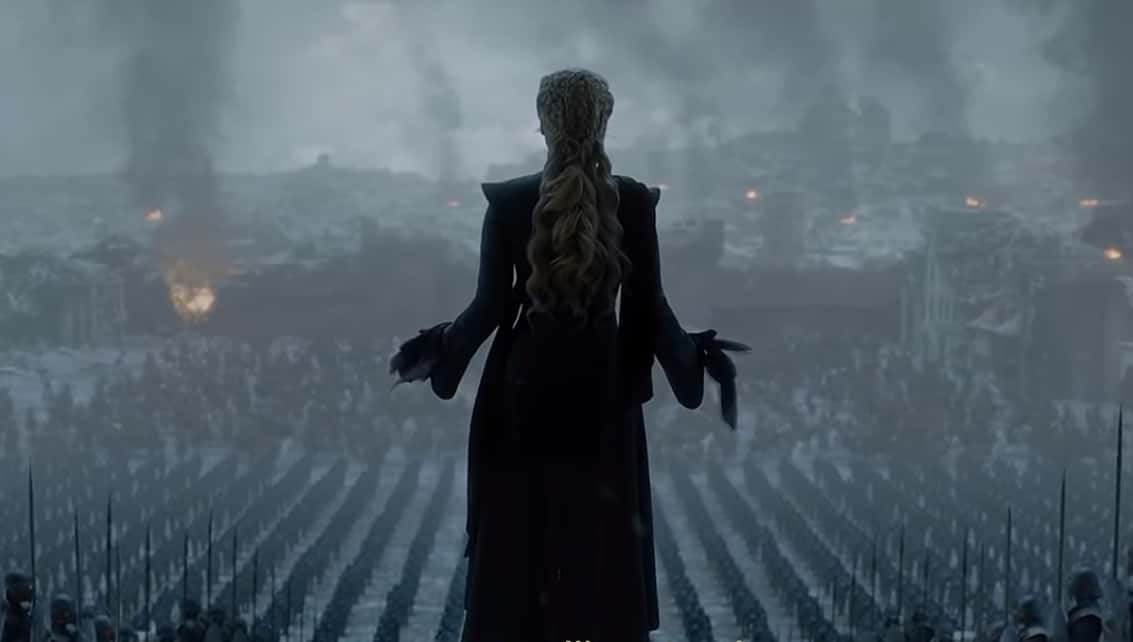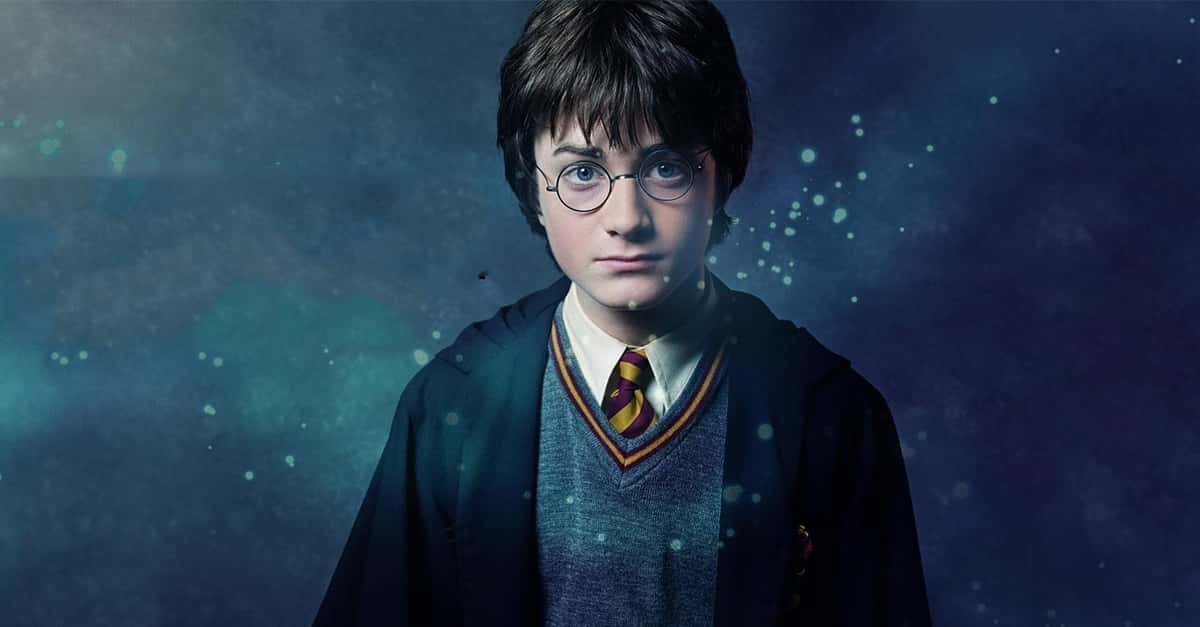A Quarter Century Ago
1999 was a great year for movies, but one film from that year that stands out beyond most of the others is The Matrix. This film by The Wachowskis shocked and awed audiences with a type of science fiction and a type of action we'd rarely—if ever—seen before (although we've seen it a lot since). As the 25th anniversary of the film has come, and gone, we thought it was the perfect time to look back at some of the most fascinating facts about the making of this classic and influential movie.

It Began With "Assassins"
Yes, we're talking about that mediocre 1995 Richard Donner movie starring Sylvester Stallone and Antonio Banderas. You see, The Wachowskis had written the original script for the film (although they did try to have their name removed from it, claiming that it was completely rewritten by Brian Helgeland). Well, the producer on that movie was Joel Silver and The Wachowskis used that connection to show him a first draft of their script for The Matrix.
 Warner Bros., Assassins (1995)
Warner Bros., Assassins (1995)
"Bound" First
Silver liked the script, but when The Wachowskis insisted that they be the ones that direct it, he was a little hesitant, given that they had no experience and this was a major undertaking. Silver felt that they should start off with something smaller as their first project. Well, The Wachowskis just happened to have another script at the ready: the crime thriller, Bound. So, they went and got financing for that one and made it their directorial debut.
It Worked
Bound wasn't a successful picture, only making $7 million on a $6 million budget, but it was a really good film and it impressed the higher ups at Warner Bros.
600-Page Storyboard
While Bound definitely helped push Warner Bros to agree to make the film with The Wachowskis at the helm, what apparently pushed it over the edge was the pitch they made using a 600-page shot-by-shot storyboard The Wachowskis had commissioned from underground comic book artists Geof Darrow and Steve Skroce.
 Luigi Novi, CC BY 3.0, Wikimedia Commons
Luigi Novi, CC BY 3.0, Wikimedia Commons
Japanese Anime Influences
One of the major influences on The Wachowskis when creating The Matrix and writing the script was Japanese anime and comic books, including Katsuhiro Otomo’s Akira—which takes place in Neo-Tokyo.
The Invisibles
Grant Morrison's comic book series The Invisibles was another influence—which makes sense when you learn that the series is about a character called "The One" who is meant to free humankind from a fake reality.
 Luigi Novi, CC BY 3.0, Wikimedia Commons
Luigi Novi, CC BY 3.0, Wikimedia Commons
Ghost In The Shell
There were other comics and anime The Wachowskis took inspiration from but none more so than Ghost In The Shell. Not only did they grab some action sequences directly from the comic, they pitched The Matrix to Joel Silver by showing him Ghost In The Shell and telling him, "We want to do this, but for real".
 Bandai, Ghost in the Shell (1995)
Bandai, Ghost in the Shell (1995)
French Philosopher Inspiration
Besides the Japanese comics and anime, another huge influence on The Wachowskis when writing the movies was French philosopher Jean Baudrillard and his book, Simulacra and Simulation—which delves into ideas of simulation and hyperreality.
 Europeangraduateschool, CC BY-SA 2.5, Wikimedia Commons
Europeangraduateschool, CC BY-SA 2.5, Wikimedia Commons
A Book For Everyone
The Wachowskis also asked that all the members of the cast read the book prior to the start of filming.
In The Movie
Not only was Simulacra and Simulation an influence on the making of the movie, it was literally in the movie. Remember the scene where Neo hides his illegal computer files in a book. Well, guess what book it was?
 Warner Bros., The Matrix (1999)
Warner Bros., The Matrix (1999)
Not Jean Baudrilard Approved
So many people loved The Matrix, but Jean Baudrillard wasn't one of them. He felt that The Wachowskis completely missed the point of what he was saying in his book: "The Matrix is the kind of film about the matrix that the matrix would produce". Ouch!!
 Warner Bros., The Matrix (1999)
Warner Bros., The Matrix (1999)
Another Influential Book
William Gibson's Neuromancer is another book that highly affected The Wachowskis in the making of their classic film. For those unaware of the book, Neuromancer features a computer hacker who can enter a digital world to change reality—a digital world called the matrix.
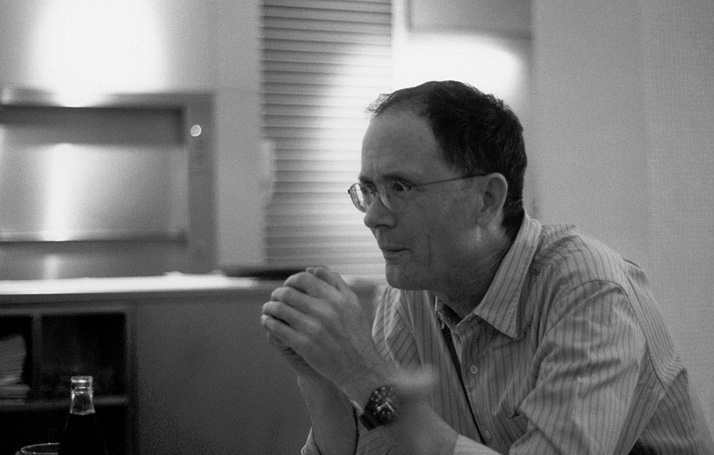 David Alliet, CC BY 2.0, Wikimedia Commons
David Alliet, CC BY 2.0, Wikimedia Commons
Not The Greek Mythology Morpheus
In Greek mythology, Morpheus is the god of dreams, and so it's understandable that most of us assumed that is who the character was named after. However, he was actually named after the Morpheus character in Neil Gaiman's Sandman comic book series. Not only is that where they got the name from, but The Wachowskis instructed Laurence Fishburne to use that character as the basis of his performance as well.
 Warner Bros., The Matrix (1999)
Warner Bros., The Matrix (1999)
Morpheus Casting
Throughout the casting process, many big name actors were considered for the role of Morpheus, including the likes of Samuel L Jackson, Gary Oldman, Morgan Freeman, Denzel Washington, Anthony Hopkins, and Robert De Niro. Not all of them were offered the role, but Russell Crowe, Chow Yun Fat, and Sean Connery all were—and they all turned it down.
 Stuart Crawford, CC BY-SA 3.0, Wikimedia Commons
Stuart Crawford, CC BY-SA 3.0, Wikimedia Commons
Fishburne Understood The Script
Crowe has said that he turned it down because he couldn't get through the whole script, while Connery said he just didn't understand it. Well, Fishburne felt very different about it. After reading the script, he didn't understand why everyone else was so confused. It made perfect sense to him and his only concern was that it was "too smart" and therefore probably wouldn't get made. Thankfully, he was wrong about that.
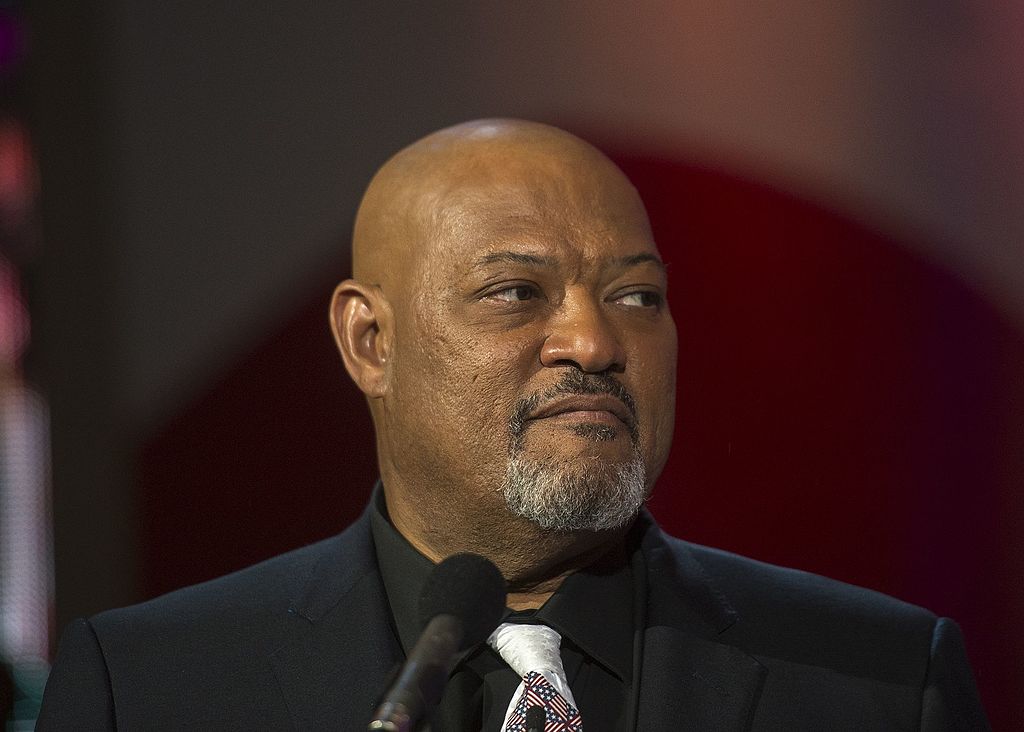 Chairman of the Joint Chiefs of Staff, CC BY 2.0, Wikimedia Commons
Chairman of the Joint Chiefs of Staff, CC BY 2.0, Wikimedia Commons
No One Wanted To Be Neo
Casting Keanu Reeves might seem like a no-brainer today, but it was anything but back then. In fact, the number of people that turned down the role before they got to Reeves was so high that, as an executive at Warner Bros put it, "So many people turned it down, we were getting desperate. We went to Sandra Bullock and said 'We’ll change Neo to a girl'". (Bullock turned it down).
 Featureflash Photo Agency, Shutterstock
Featureflash Photo Agency, Shutterstock
No One Wanted To Be Neo
As for the male actors that also said no, they included: Tom Cruise, Leonardo DiCaprio, Mark Wahlberg, Ewan McGregor, Nicholas Cage, and Brad Pitt. And maybe most famously, there was Will Smith who turned down the role to go do Wild Wild West instead. Which was maybe the biggest mistake he ever made—until the 94th Academy Awards.
 Featureflash Photo Agency, Shutterstock
Featureflash Photo Agency, Shutterstock
No One Wanted To Be Trinity Either
These are all the actresses who turned down the role of Trinity: Marisa Tomei, Salma Hayek, Catherine Zeta-Jones, Jennifer Lopez, Angelina Jolie, Drew Barrymore, Gillian Anderson, Uma Thurman, Lucy Liu, Elizabeth Hurley, Madonna, and Janet Jackson.
And speaking of Will Smith—Jada Pinkett Smith auditioned for the role and even screen tested with Reeves. But The Wachowskis didn't think the two had any chemistry together, so they kept looking.
Injuries
Did you ever wonder why Neo mostly punches when he fights and doesn't do much kicking? Well, that's due to the back surgery that Reeves had just prior to the start of production. Kicking was more difficult for him, so they focused on punches for his part of the fight choreography.
 Warner Bros., The Matrix (1999)
Warner Bros., The Matrix (1999)
Injuries
Moss wasn't injured prior to filming, but she did twist her ankle and injured herself filming the opening sequence. However, fearful that she might get recast, she didn't tell anyone about the injury until after filming ended. And speaking of that opening sequence...
 Warner Bros., The Matrix (1999)
Warner Bros., The Matrix (1999)
The Opening Sequence Satiated The Studio
With production not moving along at a pace that made Warner Bros happy, they came in and told The Wachowskis that if they didn't pick up the pace, then the studio would get involved. Not wanting that to happen, the directors—along with editor Zach Staenberg—put together the opening Trinity-chased-over-the-rooftops sequence with temporary sound and effects and showed it to them. Needless to say, the studio backed off after that.
 Warner Bros., The Matrix (1999)
Warner Bros., The Matrix (1999)
Those Rooftops
While we're on the subject of that opening sequence and Trinity's escape from Agent Brown over the rooftops, we will point out that the rooftop set was left over from production of the film Dark City.
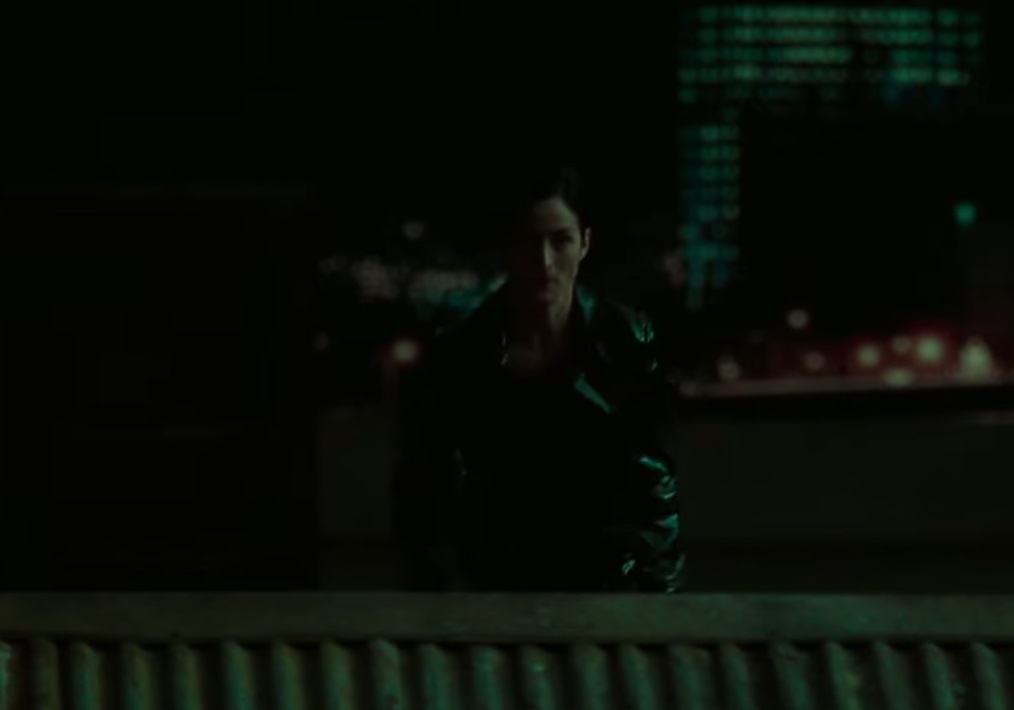 Warner Bros., The Matrix (1999)
Warner Bros., The Matrix (1999)
The Budget
Initially, The Wachowskis told the studio that they were going to need $180 million to make the movie. Warner Bros said they would give them $60 million. So how did they make the movie they wanted to make on one-third of the budget they thought they needed to make it?
 Warner Bros., The Matrix (1999)
Warner Bros., The Matrix (1999)
Australia
That's right. The Wachowskis moved the filming location from Hollywood to Australia. That one change brought the budget all the way down to $63 million—which Warner Bros okayed.
 Warner Bros., The Matrix (1999)
Warner Bros., The Matrix (1999)
A Taste Of Home
While filming took place down under, The Wachowskis brought a little bit of home to the movie with all the street names in the film being from their hometown of Chicago.
 Warner Bros., The Matrix (1999)
Warner Bros., The Matrix (1999)
"Fist Of Legend" Connection
The fight sequences in The Matrix were very unlike anything we'd seen from a Hollywood movie before— and the main reason why was Woo-Ping Yuen. The man is, and was, a legend of Martial Arts Choreography and The Wachowskis wanted him particularly because of the work he'd done for the 1994 film, Fist Of Legend.
 Slackerwood, CC BY-SA 2.0, Wikimedia Commons
Slackerwood, CC BY-SA 2.0, Wikimedia Commons
Woo-Ping Wasn't Interested
Looking back, it's hard to imagine anyone saying no to working on this seminal film, but Woo-Ping didn't want to do it. So, he made some crazy high salary demands, thinking that would turn them away. But it didn't. Then he demanded complete control over the fight scenes and four months of training with the actors. He got it, and we got some amazing fight choreography.
 Warner Bros., The Matrix (1999)
Warner Bros., The Matrix (1999)
Tarantino Came Calling
Woo-Ping Yuen came back to work on the sequels, The Matrix Reloaded and The Matrix Revolutions, and Quentin Tarantino also came calling and got Woo-Ping to do the choreography for both Kill Bill films.
 Miramax, Kill Bill: Volume 1 (2003)
Miramax, Kill Bill: Volume 1 (2003)
Green
What's the first color you think of when you think of The Matrix? For most of us it's green. Which makes sense since any scene that took place in the matrix was color adjusted to have a green tint with all the blue removed.
 Warner Bros., The Matrix (1999)
Warner Bros., The Matrix (1999)
Blue
Now, think of all the scenes in the "real world". Those are all color corrected blue with no green to be found anywhere (except for that green matrix code on the computer screens).
 Warner Bros., The Matrix (1999)
Warner Bros., The Matrix (1999)
Yellow
And we can't forget about those scenes—like the training simulation—that don't take place in either the matrix or the real world. Those all have a yellow tint to them.
 Warner Bros., The Matrix (1999)
Warner Bros., The Matrix (1999)
What Is That Green Code?
It's some of the imagery most synonymous with the film—that green computer code that runs down the screen. But what is it? Production designer Simon Whitely designed it to resemble rain dripping down a window and the characters themselves are Japanese katakana characters he copied out of a cookbook.
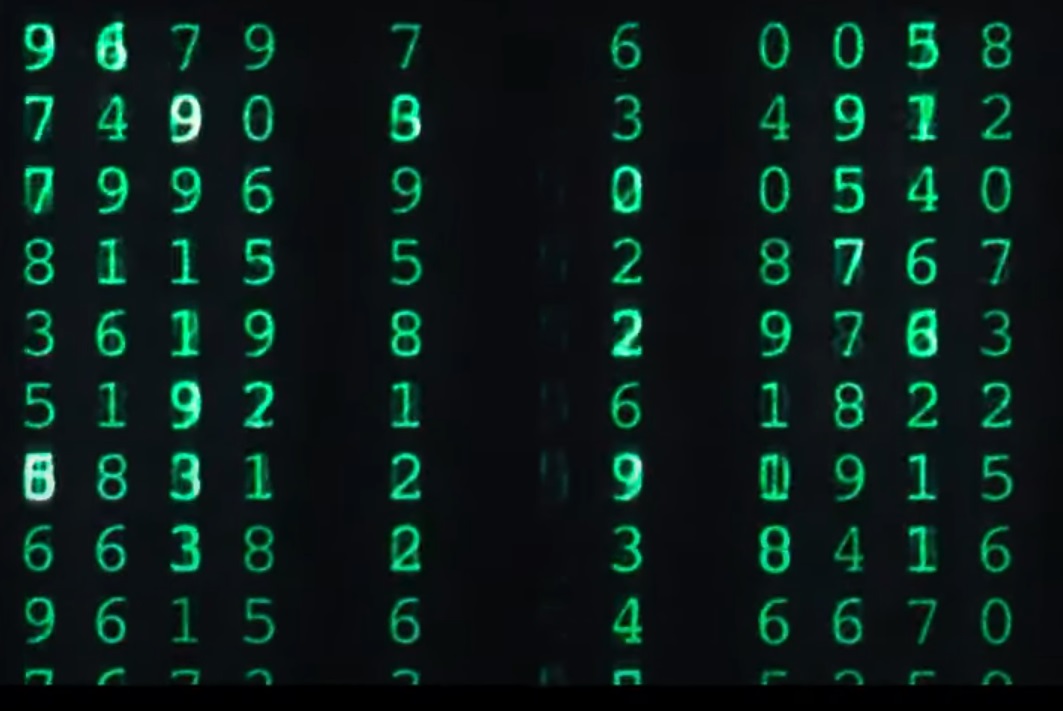 Warner Bros., The Matrix (1999)
Warner Bros., The Matrix (1999)
Keanu Reeves' Generosity
Keanu Reeves' generosity and kindness is kind of legendary and much of it stems from his actions on The Matrix. With his $10 million salary, plus his backend percentage deal, Reeves earned $35 million for the film. He donated $24.5 million to leukemia research (his sister had leukemia). But that's not all.
Keanu Reeves' Generosity
While filming the sequels, Reeves' gave each member of the special effects and costume departments $1 million. By the end of the three films, he'd given away close to 75 million bucks, saying, "Money is the last thing I think about. I could live on what I’ve already made for centuries, so would rather give it to others". Just in case you thought you couldn't like the man even more.
 Featureflash Photo Agency, Shutterstock
Featureflash Photo Agency, Shutterstock











